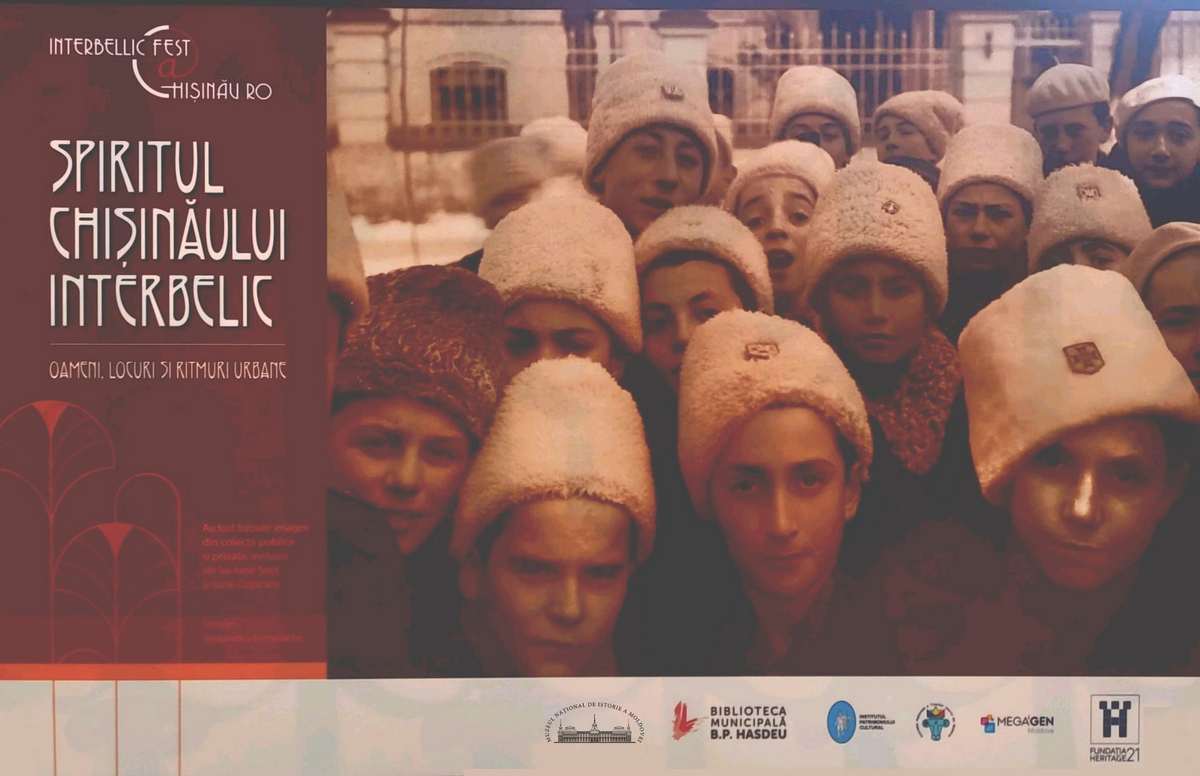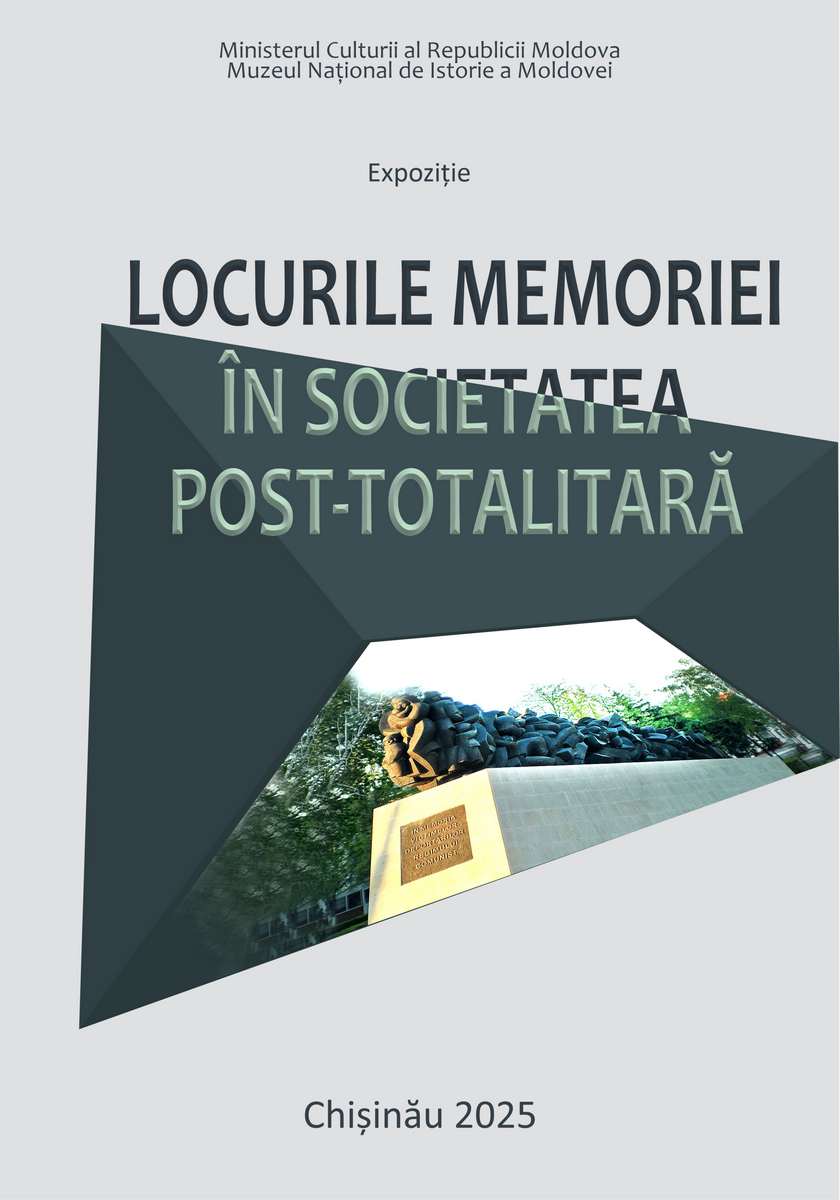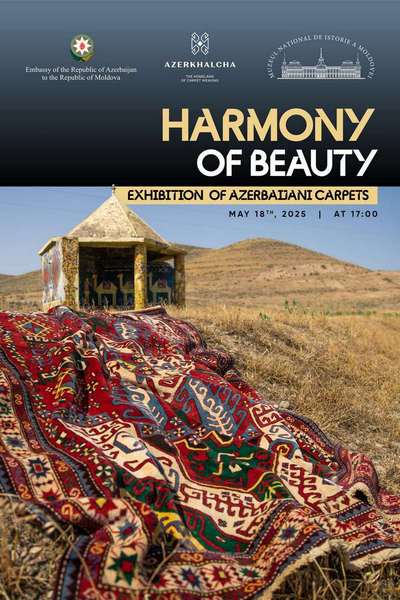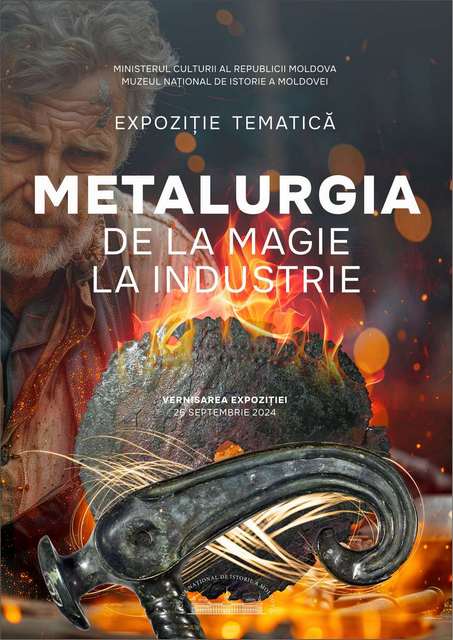  Events Archive Events Archive
Launch of the volume "Bessarabian personalities - part of the national cultural-historical heritage (19th century - first half of the 20th century)"
February 12, 2024
On February 12, 2024, the collection of studies and articles "Bessarabian personalities - part of the national cultural-historical heritage (19th century - first half of the 20th century)" was launched at the National Museum of History of Moldova. The volume includes the materials of the national scientific conference with international participation on September 19, 2023, organized within the project "Museum heritage and historical memory: research, interpretation, presentation" (number 20.80009.0807.43), financed by the State Program (2020-2023 ). The work was published in the prestigious series Biblioteca "Tyragetia" XLI (2023). The event was organized as part of the International Day of Women and Girls in Science, celebrated annually on February 11. The event brought together over 60 historians, museographers, journalists, specialists in various fields - religion, education, architecture, medicine, administration, culture. The event was moderated by Mrs. dr.hab. Lilia ZABOLOTNAIA, editor of the collection. With a word of greeting came dr. hab. Eugen SAVA, general director of the National Museum of History of Moldova, coordinator of the "Tyragetia" series, who emphasized the importance of such a work for Romanian historiography. The program continued with the presentations of the reviewers of the volume, Mrs. Tamara NESTEROV (Institute of Cultural Heritage, Ministry of Culture) and Mr. Petru CIOBANU (Catholic Church of Moldova), who referred to the content and quality of the articles. Some authors of the study also spoke about the role of this volume - dr.hab. Anatol PETRENCU (State University of Moldova / "Bogdan Petriceicu Hasdeu" State University from Cahul) and dr.hab. Victor ȚVIRCUN (State Pedagogical University "Ion Creangă" from Chisinau). Dr. Serghei PILIPEȚCHI, the solist of the Academy of Music, Theater and Fine Arts, came with a unique surprise, he donated to the museum an album with the photos of Maria Cebotari with the signature of the soprano. The event culminated with a classical music recital from the repertoire of Maria Cebotari, the soloist Serghei PILIPEȚCHI, accompanied on the piano by Olga Iuhno, master of art, performed sequences from the operas G. Torelli "Tu lo sai...", V. Bellini "Vaga moon...", "Fenesta che lucive...", F.P. Tosti "Serenata", R.Falvo "Dicitencello vuje", Gh. Dendrino "Poor violinist..." and the operetta "Let me sing". We sincerely thank both the authors, who contributed to the editing of this volume, and all those present at the event, wishing them continued beautiful scientific and editorial achievements.
|
 31 August 1989 St., 121 A, MD 2012, Chisinau, Republic of Moldova
31 August 1989 St., 121 A, MD 2012, Chisinau, Republic of Moldova



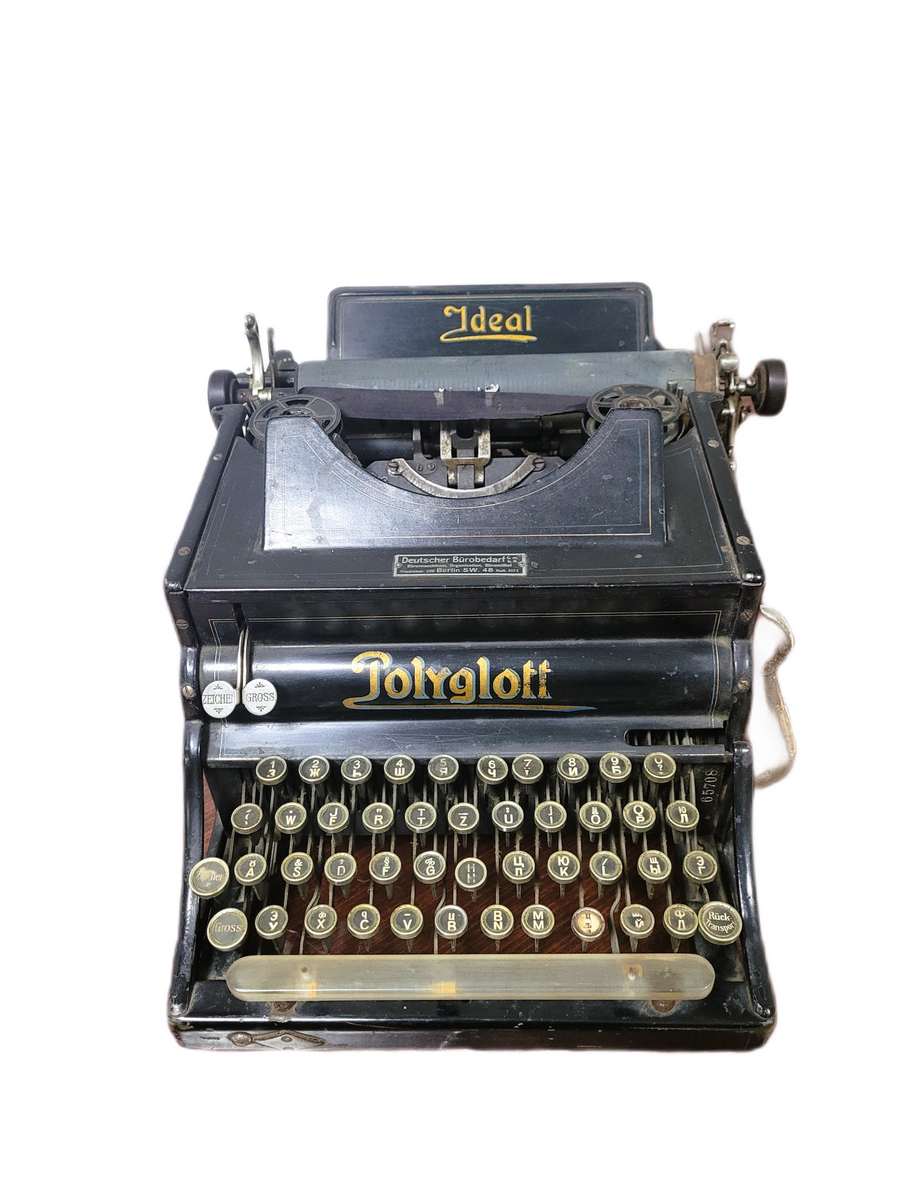
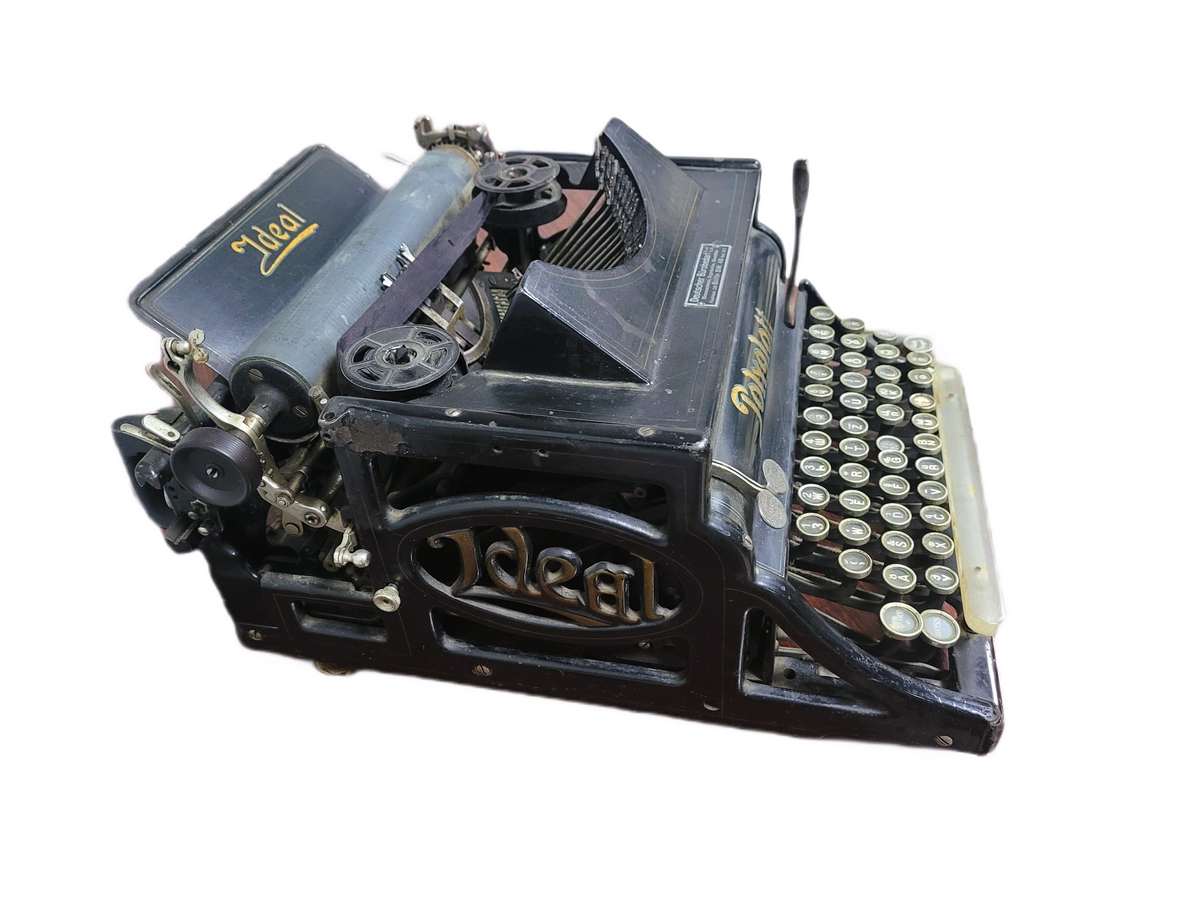 The side panels are elegantly decorated with refined cast-iron elements in the Art Nouveau style, displaying the brand name - "Ideal." The Polyglott model, featuring a bilingual keyboard patented in the United Kingdom by Max Klaczko from Riga, Latvia, was produced between 1902 and 1913, marking the first typewriter capable of writing in two languages. The "Ideal Polyglott" typewriter was actively sold in the Russian Empire and gained significant popularity in Poland, Bulgaria, and Serbia.
The side panels are elegantly decorated with refined cast-iron elements in the Art Nouveau style, displaying the brand name - "Ideal." The Polyglott model, featuring a bilingual keyboard patented in the United Kingdom by Max Klaczko from Riga, Latvia, was produced between 1902 and 1913, marking the first typewriter capable of writing in two languages. The "Ideal Polyglott" typewriter was actively sold in the Russian Empire and gained significant popularity in Poland, Bulgaria, and Serbia.








































